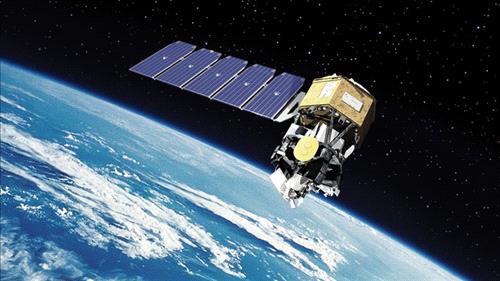-
Top Stories -
Most Popular
-
Oil settles slightly higher as Iran plays down reported Israeli attack
-
Death toll in Gaza rises to 34,049 and 76,901 injuries
-
Saudi Arabia beat Thailand to edge closer to AFC U-23 Asian Cup quarterfinals
-
Frankfurt boost European football hopes after 3-1 win against Augsburg
-
World's first diamond made from peony-derived elements made in Henan
-
Amman governor releases 15 detainees in connection with demonstrations
-
PDTRA lowers Petra's entry ticket fees for non-Jordanians
-
JD48.6 .. Gold Prices record historic surge in local mark
-
197 days of war: 7 Palestinians killed in Israeli airstrike on Rafah neighborhood
-
UN warns 800,000 people in Sudan city in 'extreme, immediate danger'
-
Biden says China 'cheating' on steel prices
-
Real Madrid win at Mallorca while resting players for Man City trip. Atletico beat Girona
-
RJ reprograms flights following air traffic halt
-
Civilian casualties reported in Gaza on day 191 of the ongoing Israeli genocide
-
Iranian Embassy: Jordan's threat is incorrect
-
FM: Jordan will continue to take all necessary steps to protect its security, sovereignty
-
Jordanian delegation participates in World Bank, IMF 2024 Spring Meetings
-
CARC announces reopening of Jordanian airspace
-
Number of arrivals to Jordan via low-cost, regular flights declines by 50%
-
Gov't reiterates support for Army in safeguarding nation's security from any threats
NASA launches satellite to explore where air meets space
12-10-2019 01:35 PM
Ammon News - AMMONNEWS - NASA launched a satellite on Thursday night to explore the mysterious, dynamic region where air meets space. |
- no comments
Ammon News reserves the right to delete any comment at any time, and for any reason, and will not publish any comment containing offense or deviating from the subject at hand, or to include the names of any personalities or to stir up sectarian, sectarian or racial strife, hoping to adhere to a high level of the comments as they express The extent of the progress and culture of Ammon News' visitors, noting that the comments are expressed only by the owners.
| name : * | |
| comment : * | |







 comment replay
comment replay 